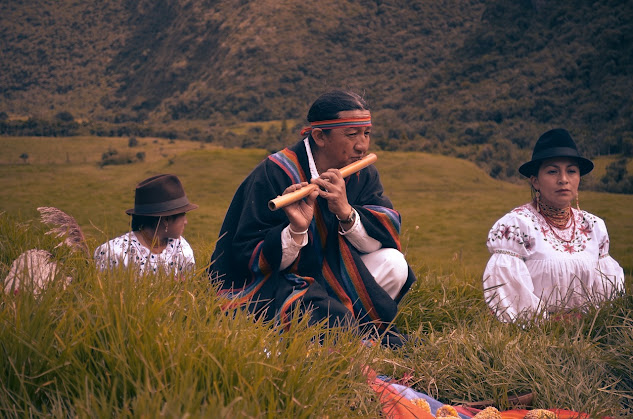British Columbia’s interior rainforests are being cut down at a rapid-fire pace. It’s not just the wildlife that’s losing their homes that’s suffering, but the people who depend on them too. At the Wild Bird Trust, we've an action plan to combat deforestation. read on to see how we’re putting it into practice.
To others,
rainforests would call to mind fancies of rolling, wooded terrain full of
tropical cattails, tumbling falls, shining aquifers, and rich, thick air. But
who would have known that corridors of BC's littoral regions are also called
rainforests? A temperate littoral rainforest, in fact, and one of the wettest,
most non-tropical corridors of the whole world.
June 22 is World Rainforest Day. Established in 2017, the day celebrates the significance of healthy rainforests and all they encompass, including a niche for a vast range of wildlife, drugs, culture, and the livelihoods of individuals working within them. World Rainforest Day also offers a chance to talk about the damage that has been done to rainforests and how we can, as a community, reverse it.
To truly understand why this day is important, we need to take a closer look at rainforests, especially the ones that we inhabit.
But first, some
background. Rainforests are the earth's oldest living ecosystems, stretching
back as far as seventy million years. Although rainforests cover only six
per cent of the Earth's surface, they contain further than half the world's flora
and wildlife. They're also responsible for producing about twenty per cent of
the world's force of oxygen and absorbing about twenty per cent of the world's
carbon emissions. Besides this, rainforests are home to hundreds of the most
advanced drugs, and roughly eighty per cent of our food inventories have their
roots in rainforests, and further food sources are still being discovered. In
short, rainforests are pivotal to mortal beings and the storage and life forms
that inhabit them.
Unlike tropical
rainforests, which host hundreds of different tree species, BC’s coastal rainforests
are home to only a many tree species, as seedlings must acclimatise to grow in
the low light conditions set up in the understory and repel the short, dark
days of our coastal castles. In particular, the trees in BC’s coastal
rainforests are conifers – as you enter the timber, you’ll see hemlock, red
cedar, Douglas fir, and Sitka improve growing in a cornucopia.
Our coastal rainforests are home to a variety of wildlife, including horrible and black bears, elk, deer, frogs, toads, salamanders, and wolves. Also, numerous cattail trees are known as nesting trees, while others are used simply for nesting, overwintering, or migration. These cattail trees include bald eagles, common ravens, Sandhill cranes, and the northern legend, the barn owl- a cattail you may have seen in your original community or near premises and nature reserves. Another is the northern spotted owl, an endangered species that lives in the old-growth timber of B.C. Only three of these owls remain in the wild.
The problem is that rainforests are fading, and presto. B.C. Inland rainforests are being cut down at a rapid rate, with further than 2.7 million hectares of timber cleared in the history fifty years. At this rate, the trouble of deforestation is adding fleetly, not to mention the loss of all the positive benefits that rainforests give – not to mention the niche loss for the wildlife that call them home.
At the Wild
Bird Trust of BC, we're increasingly concerned about the loss of rainforest in
our community. Lately, the Coast Salish Plant Nursery received support from the
civil government’s 2B Tree Program to develop a propagation and planting
program in Maplewood Flats. With this support, we've distributed over five
hundred trees to the ancient First Nations community, conducted outreach shops
for Tale- Dogtooth Nation members and the general public, handed indigenous
tree- related programs that concentrate on indigenous knowledge and worldviews,
and distributed over two hundred native tree seeds from the Maplewood
Apartments bullets and Seeds Restoration.

.jpg)



.jpg)

























